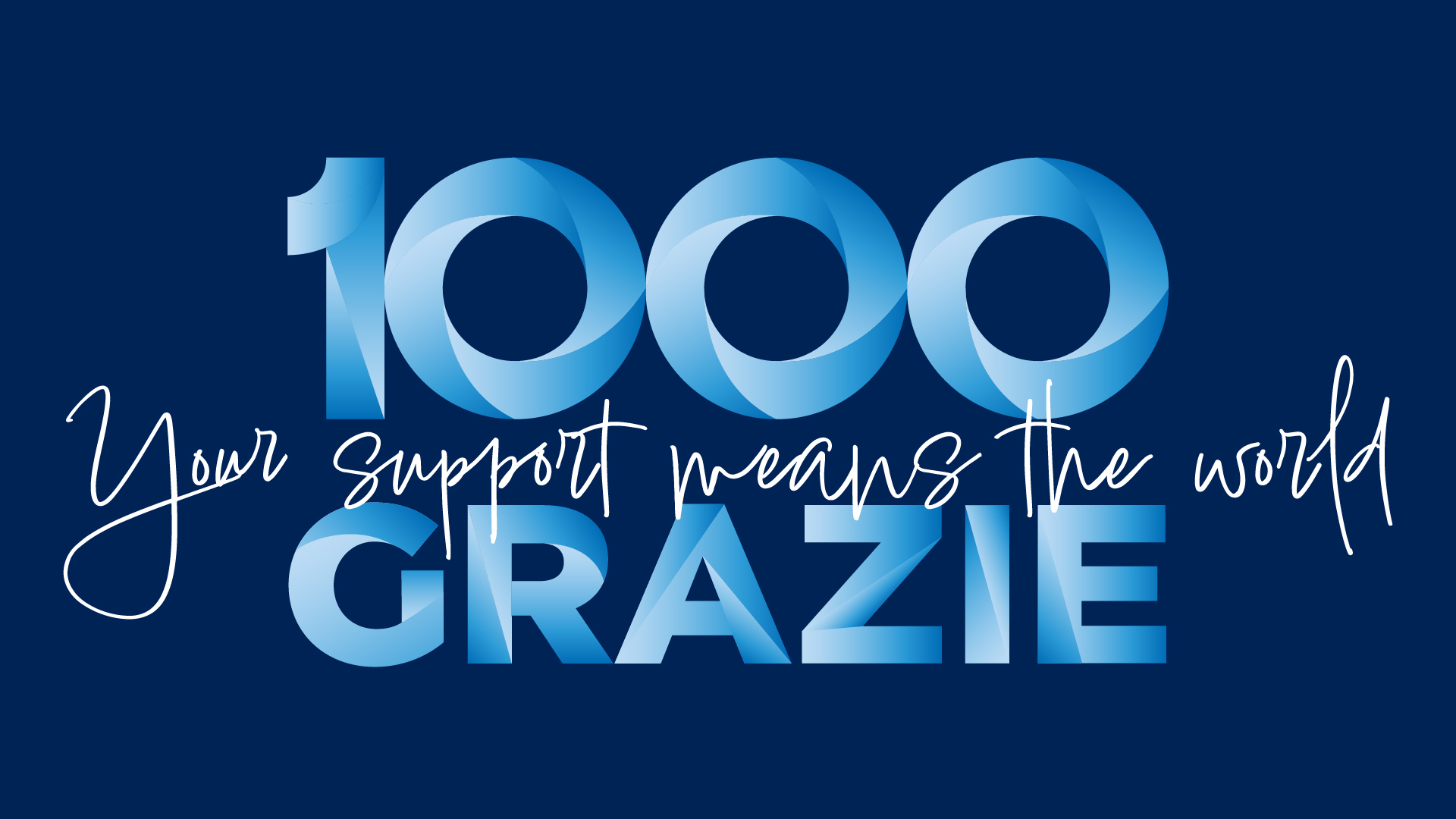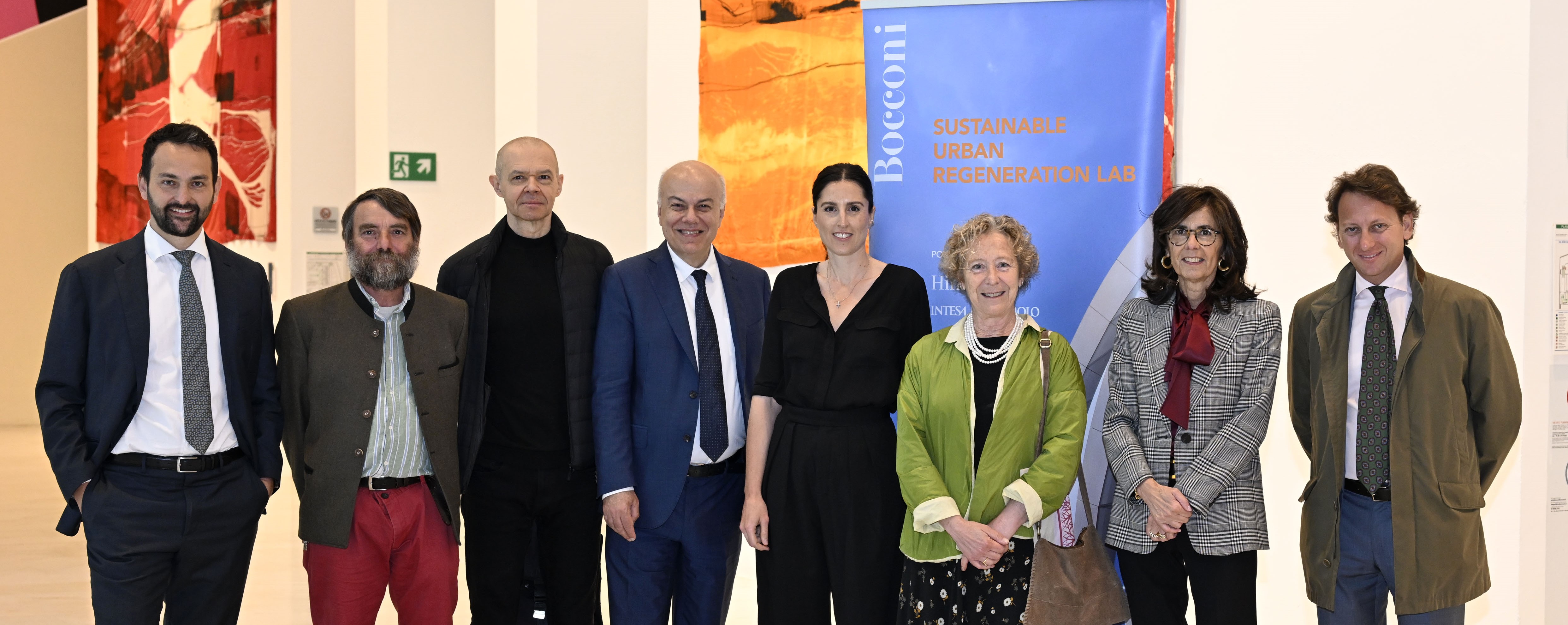A Big Bang Theory About Gucci Success

In January 2015 Gucci appointed a new leadership team, President and CEO Marco Bizzarri and Creative Director Alessandro Michele.
This duo completely reimagined the brand’s approach to luxury fashion, focusing on a new direction for its aesthetic and image. Only three years later, Gucci was displaying record revenue growth (+45% in 2017) and had become a cultural sensation, with Alessandro Michele on his way to social media stardom.
Paola Cillo, Fabrizio Castellucci, Gabriella Lojacono and Gaia Rubera, of Bocconi’s Gucci Research Lab, yesterday presented Bocconi students with the results of their field observations, conducted between 2018 and 2019, aimed at understanding how to revitalise a company and, more importantly, maintain a competitive edge over time.
“In that period,” they said, “we had the privilege of conducting countless interviews with Gucci Chief People Officer, Luca Bozzo, as well as sitting in on private meetings with Gucci top managers from all around the world.”
The result is a Big Bang Theory about Gucci success. The scholars describe how Mr Bizzarri decided to promote Alessandro Michele to Creative Director due to a perfect match between their values: creative freedom, risk-taking and authenticity. In order to reinvent Gucci, though, a cultural revolution was needed, involving the entire organisation, and Mr Bizzarri was well aware that the new values he and Alessandro Michele wanted to foster were too radical for the company to accept in the short time allowed by the financial markets.
Thus, he inverted the order of the cultural change. Since there was no time to change the organisation, he was determined to win over the consumers first (the Big Bang), thereby demonstrating to analysts that there was a demand for the new Gucci and conquering the hearts of his own organisation.
Alessandro Michele’s first runway show in February 2015 was bold, almost outrageous, but the market responded with a thunderous “yes”. For dozens of different communities – from businessmen to punk rockers, and from art lovers to rappers in the Bronx – Gucci created dedicated events and built a narrative around its new values in a way that resonated with authenticity for each specific group.
“By conquering the market with the new Gucci values, Mr Bizzarri gained precious allies in his pursuit to change Gucci: the consumers themselves,” the authors of the study write.
Mr Bizzarri exposed his organisation to two forces of change, both rooted in the same values: an inner one, from the leadership team, and an external one, coming from consumers, who enthusiastically embraced the new Gucci values and expected to find the same culture that Mr Bizzarri and Alessandro Michele were obsessively portraying outwardly, inside Gucci stores. “The pressure from both sides is a novel way of executing cultural change, something that we cannot find in past turnaround cases,” the authors note in the paper.
Useful links
latest news & events



